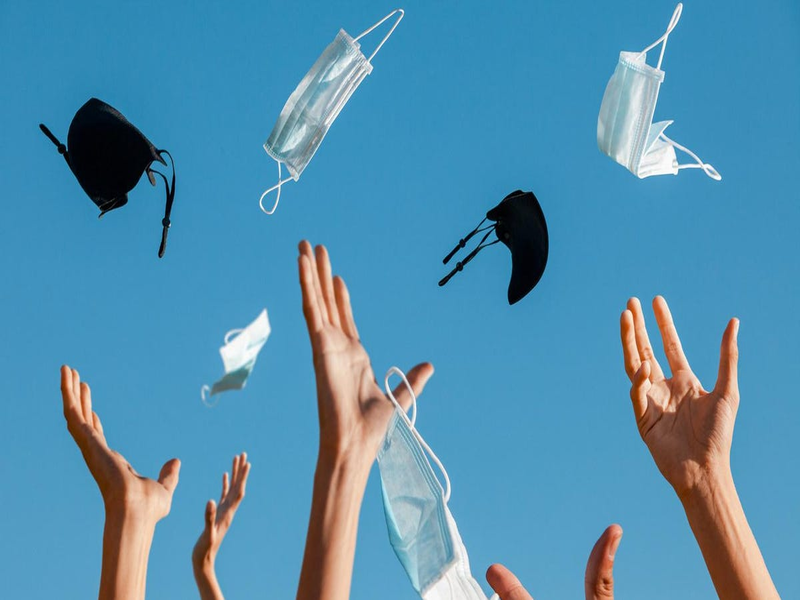ملخص:
استهدفت الدراسة بيان دور السخرية في فترات الجائحات، وإبراز مظاهرها وأشكالها ووظائفها زمن “كورونا” في العالم الرقمي الافتراضي، في بلدي المغرب، ثم تحليل الخطاب الساخر وآلياته وكيفية اشتغاله. من خلال متن من ثمان وأربعين بطاقة ما بين لوحة، وصورة، ورسم كاريكاتوري ومنشور؛ للإحاطة بالموضوع ما أمكن في بعده الشكلي والموضوعي والزمني والشعري، وفق بنية تاريخية اقتضت مقارنة السخرية عبر مراحل ثلاث: سخرية ما قبل الحجر الصحي (بداية مارس 2019)، والسخرية فترة الحجر الصحي (مارس 2020_ يونيو 2020)، والسخرية زمن رفع الحجر الصحي التدريجي (يونيو 2020)، مما أسفر عن اختلاف أشكال السخرية وموضوعاتها في كل مرحلة، وارتباط كل منها بنظرية للضحك مؤطِّرة، وبألوان من الوظائف المميِّزة.
كما أجلت الدراسة أهمية مواقع التواصل الاجتماعي في التفاعل الهزلي، والسخرية الجماعية المؤسسة على نقد ذاتي وثقافي واجتماعي وسياسي؛ مما أبان عن ثقافة تشاركية ساخرة، وعن أهداف موحدة.
Abstract:
This study aims at elucidating the role of irony in periods of pandemics, highlighting its representations, functions, and forms as manifested in the digital virtual world during the age of Coronavirus in Morocco. It seeks to analyse the tools and the mechanisms of ironical discourse. Such a topic has been covered in its form, objective, and temporal and poetic dimensions through studying the content of forty-eight cards, which entail photos, caricatures, and flyers, following a historical structure that compares the question of irony through three stages: Pre-quarantine (early March, 2020), during the quarantine (March –June,2020 ), and post gradual lifting of quarantine. This reveals different forms of irony in each stage, affiliated with a formed theory of laughter and distinctive functions. Moreover, the study has revealed the importance of social media in comic interaction and collective irony, based on cultural, social, political, and self-criticism, which showed a shared ironical culture and unified goals.
رابعة سوساني
أستاذة الدراسات العربية، جامعة ابن زهر، أگادير-المغرب
Professor of Arabic Studies, Ibn Zohr University, Agadir-Morocco
